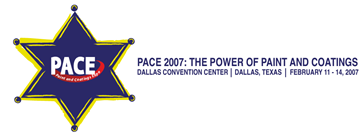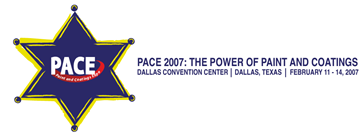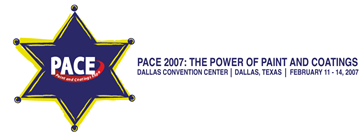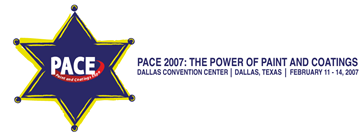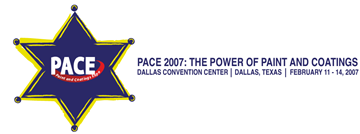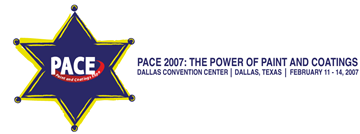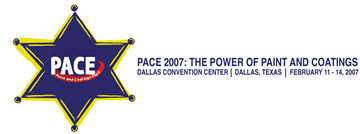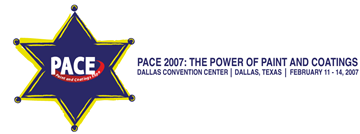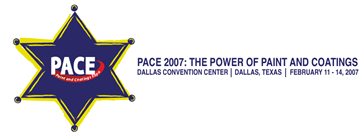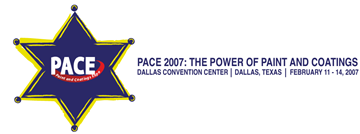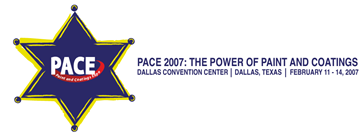Search
Products tagged with '2007 Conference Papers'
View as
Sort by
Display
per page
An Analysis of the Advantages and Disadvantages of Ultra Long-Life Coating Systems for Water Storage Tanks
Product Number:
41207-324-SG
Publication Date:
2007
$20.00
Avoiding Problems With Coating Wood: A Review Of Substrate Condition And Preparation, Moisture Issues And Coating Selection
Product Number:
41207-338-SG
Publication Date:
2007
$20.00
Benefits of Micaceous Iron Oxide, Aluminum Flake and Glass Flake Filled High Performance Coatings
Product Number:
41207-315-SG
Publication Date:
2007
$20.00
Building Your Plans from the ‘Customer Back
Product Number:
41207-326-SG
Publication Date:
2007
$20.00
California’s Architectural Coatings Surveys
Product Number:
41207-319-SG
Publication Date:
2007
$20.00
Cleaning and Painting of the Hal Adams Bridge Mayo, Florida ‘ A Challenging Repainting Project on a Unique Florida Bridge
Product Number:
41207-375-SG
Publication Date:
2007
$20.00
Coating Specialty Surfaces: Hardwoods and Composited. What’s Different?
Product Number:
41207-370-SG
Publication Date:
2007
$20.00
Coefficient of Friction, the Development of a Standard Portable Device for the US Naval Fleet
Product Number:
41207-358-SG
Publication Date:
2007
$20.00
Color Wood: Dyes, Stains, Toners, & Glazes
Product Number:
41207-331-SG
Publication Date:
2007
$20.00

